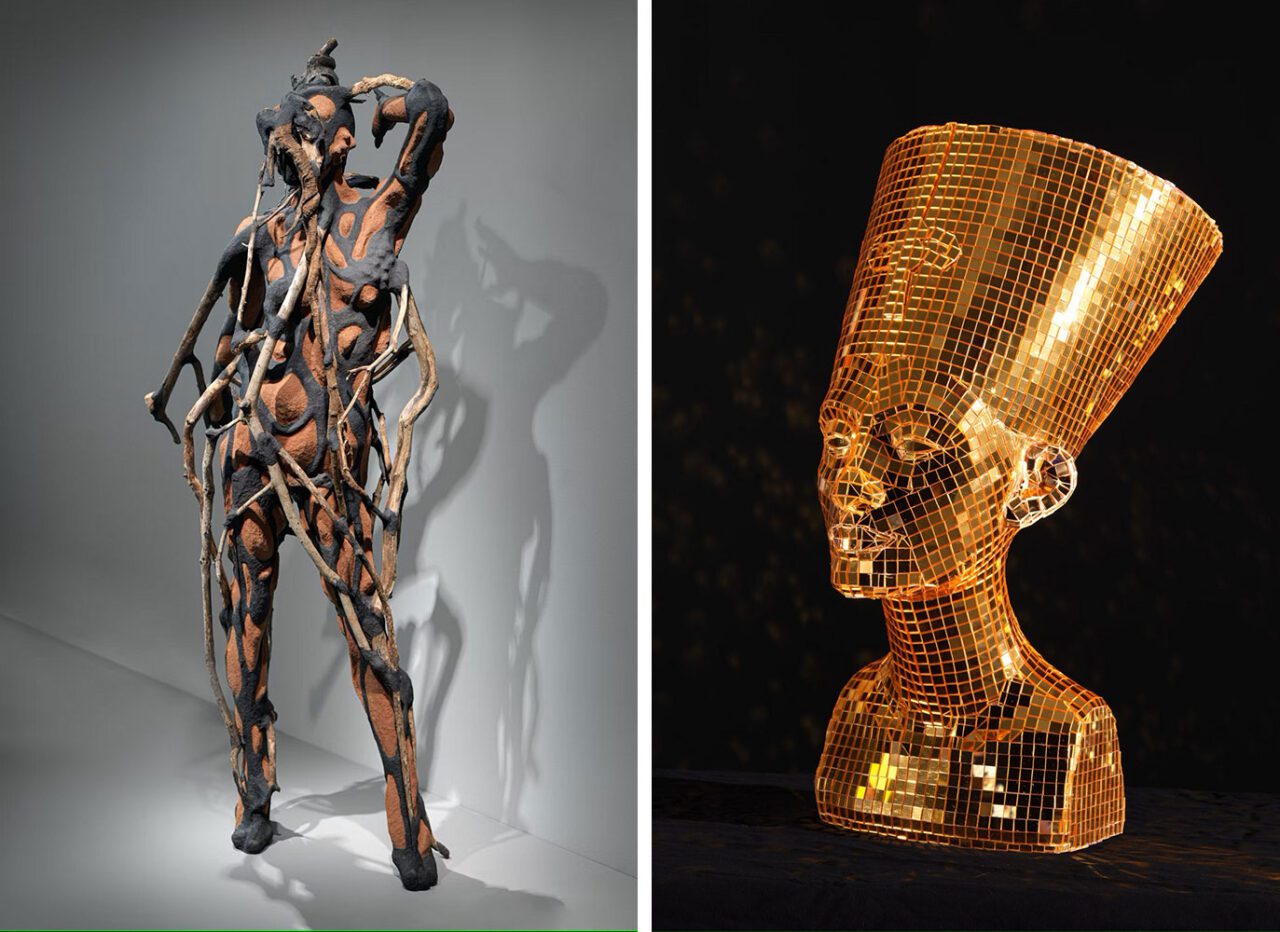PRESENTATION: Project a Black Planet-The Art and Culture of Panafrica
 Pan-Africanism, first named and theorized around 1900, is commonly regarded as an umbrella term for political movements that have advanced the call for both individual self-determination and global solidarity among peoples of African descent. It has yet to be fully examined as a worldview that takes its force from art and culture.
Pan-Africanism, first named and theorized around 1900, is commonly regarded as an umbrella term for political movements that have advanced the call for both individual self-determination and global solidarity among peoples of African descent. It has yet to be fully examined as a worldview that takes its force from art and culture.
By Dimitris Lempesis
Photo: Art Institute of Chicago Archive
As the first major exhibition to survey Pan-Africanism’s cultural manifestations, “Project a Black Planet: The Art and Culture of Panafrica” gathers together some 350 objects, spanning the 1920s to the present, made by artists on four continents: Africa, North and South America, and Europe. Panafrica, the promised land named in the exhibition title, is presented as a conceptual place where arguments about decolonization, solidarity, and freedom are advanced and negotiated with the aim of an emancipatory future. Rather than a stable and defined territory, the exhibition maps Panafrica as a shifting and boundless constellation that transforms and reassembles standard representation of the planet. In fact, many artists featured in the exhibition have creatively redrawn the map of Africa or the world: Yto Barrada, Kerry James Marshall and Abdoulaye Ndoye. Others, including David Hammons, Edith de Kyndt, Chris Ofili and Kawira Mwirichia have made flags which correspond to no official nation but rather imagine a transnational solidarity. The center of the exhibition, meanwhile, turns around an extensive display of books, magazines, record albums, and ephemera which have helped circulate ideas of resistance and self-invention worldwide since the early 20th century. Together this expansive presentation—artworks from across the globe in nearly every media—prompts questions and invites visitors to grapple with and participate in Pan-Africanism’s calls for equality and social transformation. Framing the individual artworks in the exhibition are the ideas of three influential 20th-century cultural and political movements—Garveyism, Négritude, and Quilombismo—that offer competing visions of a Black Planet, all of them premised on a great contrast with the world we all inhabit today. Further exhibition spaces in the exhibition spotlight debates around Blackness, inner life, political and psychological agitation, and the role of ancestors and spirituality.
Photo: Samuel Fosso, The Chief: He Who Sold Africa to the Colonists, from the series “Tati”, 2008, The Art Institute of Chicago, promised gift of Isabel S. Wilcox. Courtesy of Jean-Marc Patras Gallery, Paris. © Samuel Fosso
Info: Curators: Antawan I. Byrd, Elvira Dyangani Ose, and Matthew S. Witkovsky, Art Institute of Chicago, 111 S Michigan Ave, Chicago, IL, USA, Duration: 15/12/2024-30/3/2025, Days & Hours: Mon & Fri-sun 11:00-17:00, Thu 11:00-20:00, www.artic.edu/

Right: Kerry James Marshall, Africa Restored (Cheryl as Cleopatra), 2003, The Art Institute of Chicago, gift of Susan and Lewis Manilow


Right : Zanele Muholi, Somnyama III, Paris, from the series “ Somnyama Ngonyama”, 2014, The Art Institute of Chicago, promised gift of Isabel S. Wilcox


Right: Awol Erizku, Nefertiti – Miles Davis (Gold), 2022, Distinguished Private Collection. © Awol Erizku. Courtesy of the artist and Sean Kelly, New York/Los Angeles

